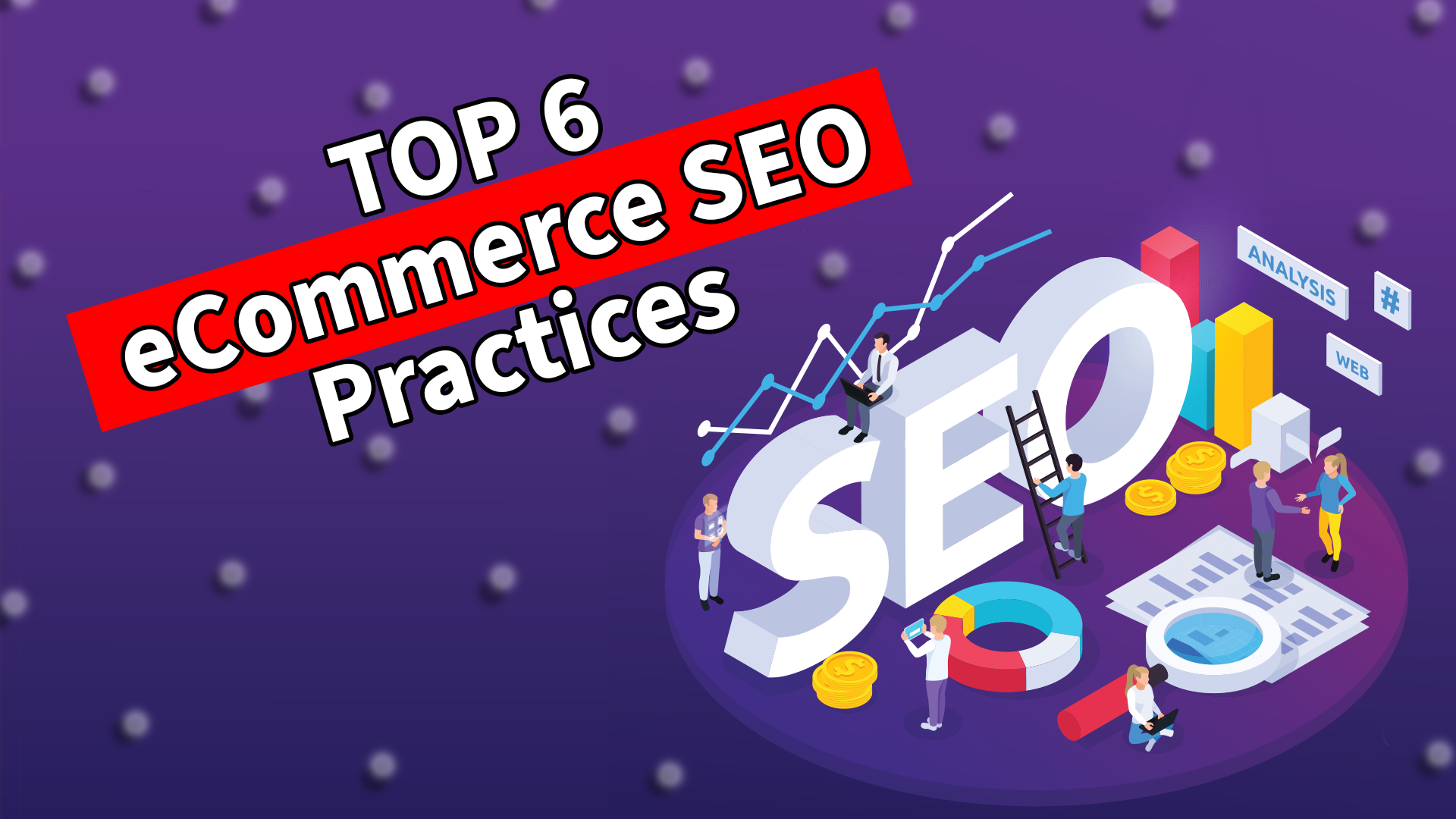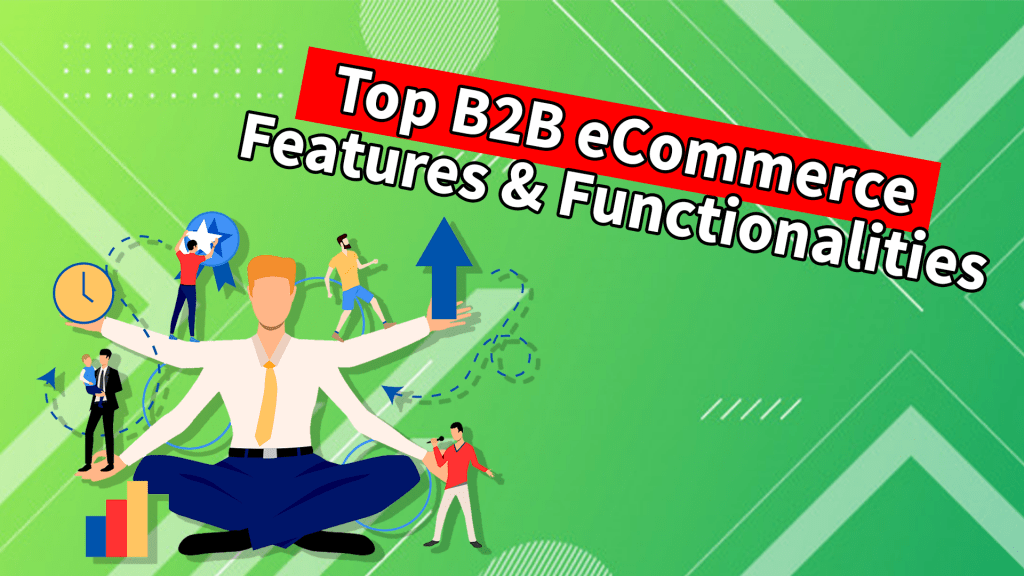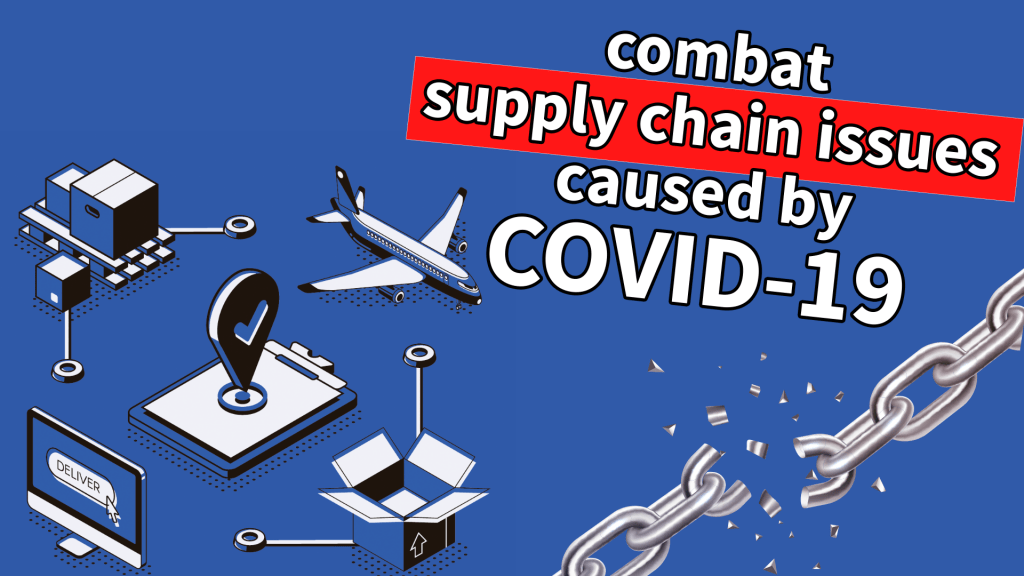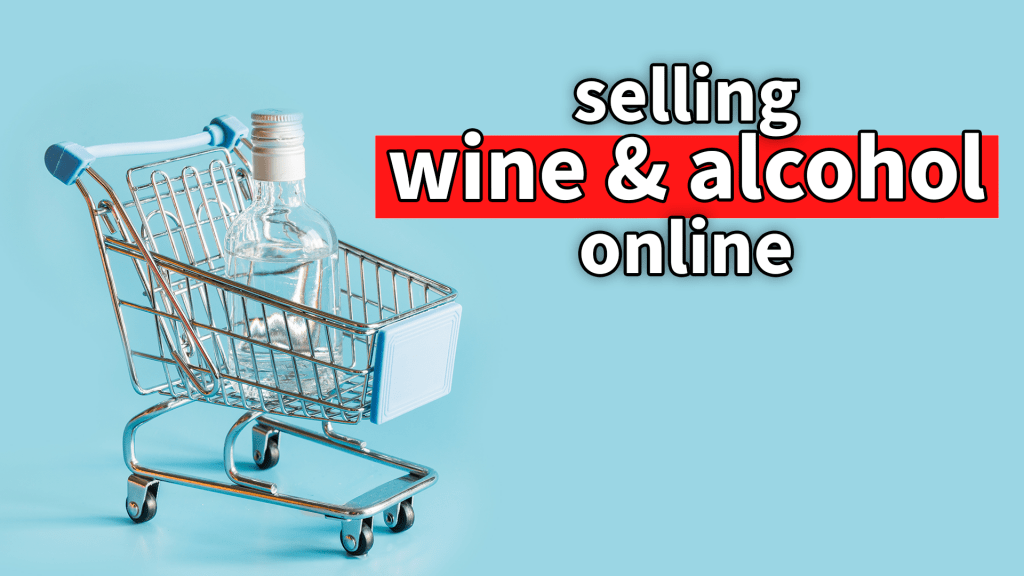The marketers work on SEO on a weekly basis for clients, the Optimum7 website, and SaaS and software companies. SEO is one of the most important things in marketing and running a business. This is because you generate lucrative leads and revenue.
1. Content Hierarchy
What is content hierarchy and why is important?
Your content hierarchy is how your users navigate through the site. Google uses the hierarchy to crawl and understand your website as well. When this is clean — a website with a category, subcategory, and products within that subcategory and it flows nicely, then Google likes it. The usability and crawl standpoint needs to be on-point.
When you have a proper content hierarchy in place, not only will you see your site getting crawled more often, getting crawled easier and indexed more by Google, but you’ll notice that the usability on your site will increase. Users will be able to navigate easier, find the products that they’re looking for, and therefore lead to higher conversion rates.
Content hierarchy has to do with keyword universes. If you’re selling refrigerators and TVs on the same website, yes, these are under electronics, it’s very unlikely you will rank on page one unless you’re Amazon, Walmart, or a billion-dollar company. Check that your content hierarchy is in line with your product selection, the keywords that you target, and the keyword universes.
2. In-Stock And Out-Of-Stock Products
Number two, in-stock and out-of-stock products. We see a lot of clients do this. We see large eCommerce businesses, billion-dollar eCommerce businesses do this and make mistakes like Macy’s and Nordstrom and et cetera.
What is the concern with removing the out-of-stock products from the website?
Removing products from your website can cause tons of issues, one of them being not implementing proper 301 redirects once you remove them. All of a sudden, you have multiple 404 pages. This is one of the biggest mistakes that we see eCommerce store owners make. Just because an item is out of stock doesn’t necessarily mean you need to remove it from your site, right? So at the end of the day, what you’re doing is you’re reducing the amount of content that you have on your site, reducing your product offering. Therefore, Google now sees you don’t have as products as your competitors, right?
Not to mention the fact that that keyword or that product could be on the top page, on the first page of Google for 200 different terms. Once you remove that, you lose all that traffic.
What you would want to do in that instance, when you have an out-of-stock item, think to yourself, “Will this item ever come back in stock?” If so, do not touch it, right? Number two, if I’m never going to have this item back in stock, however, they either made a new model or there’s another alternative to this product, what I’m going to do is, on that product page, I am going to have a button that references the new model and redirect those individuals from that page to the new model, right?
At the end of the day, never remove your out-of-stock items. You always want that there, because some of those products could have been the reason why you’re ranking on page one in the first place.
Case Study: Amazon
“Hey, there’s the product. There’s a newer version. They have a link.” When was the last time you ever saw a 404 on Amazon? Even if they don’t have it, even if that product is not for sale, it is there, and you will see that product there forever. They don’t ever delete a product. They might remove it from their site map, but they never remove a product.
3. URL Structure For Functionalities
Number three, URLs structured for functionalities. We have been seeing this for years now. There are some plugins for search and filter functionality on Shopify and Shopify Plus, and the URL structure that these search filters create can be a nightmare. Talk to us about that problem.
What these plugins and tools do is they will start dynamically creating new URLs based off of your search queries. At times, some of these plugins don’t have the ability for you to go in and say, “No index, no follow,” meaning, “Do not crawl these pages. Do not index these pages.” So now, all of a sudden, you have tons of these different weird search query URLs starting to get indexed on Google, diluting your authority for the actual category page in which those keywords would typically rank for.
In addition to that, let’s say you have one of those unique search query URLs starting to rank. That page essentially doesn’t exist on your site. So there’s really no way of you going in and trying to optimize that page to increase your visibility for those keywords. So at the end of the day, those types of URL structures caused by those plugins kind of stunt your growth in terms of SEO. In the short term, yes, it’ll boost the number of URLs that you have indexed. However, in the long run, it’s just going to dilute your authority for those really important keywords that you’re trying to rank for.
We see this across the board, by the way, for Shopify, for big commerce, Magento, Volusion, WooCommerce. Sometimes we’ll implement a functionality, and it solves one part of your problem, your process, your operations, or your marketing. However, it will break some SEO element. So be very careful when you implement a plugin or an add-on or an app that it does not break anything or it does not change anything from an SEO standpoint.
4. Product And Category Descriptions
The issue that we see here is some eCommerce businesses will copy their manufacturers’ descriptions exactly as is, number one, and number two, they will just have a list of products on the category page with no content on the category page. So if my category page is Christmas shirts and I have 20 products listed under that category, I better have some content in that category page. Talk to us why this is so important for SEO, these unique descriptions for products, and these long, unique descriptions on category pages.
Unique descriptions for products is absolutely necessary. Again, if you’re taking a manufacturer’s product description and you’re slapping it on your site, guess what? There are hundreds, if not thousands of other sites selling that same exact product, doing the same exact thing. So in that case, Google does not see that content as unique, therefore, will not rank you above your competitors for that specific product.
If they rank you, you don’t have the upper hand. In SEO and in content, you always need to think, “How can I differentiate myself from the competition?”
Then going into category descriptions, these are very important, because what this allows you to do is it allows you to now expand your keyword universe for more broad terms. What you would want to do in this situation is try to understand search intent, right? So if I’m searching for a Christmas t-shirt with a Christmas tree and candy cane, I’m most likely going to have a product start ranking. That is very, very specific, right? That is very, very specific. I’m most likely going to have my product that has the Christmas tree with candy cane, that’s going to rank.
However, if I were to type in something like “cute Christmas, t-shirts,” now that’s the opportunity that my category page should rank. If you don’t have a category description sprinkling in some of those semantic terms, “cute Christmas teas,” “Christmas shirts for the family,” right, you will never have that category page start ranking for those more broad terms that are going to bring in far more traffic than those really specific terms that your product pages will start ranking for.
Write unique product descriptions and write detailed category descriptions, but that’s not enough. That brings us to number five, which is backlinks, earned media versus paid media. Now backlinks to these pages are incredibly important. Most eCommerce websites that we see will have a ton of backlinks to the homepage and maybe some backlinks to the top category pages and no deep backlinks. Deep backlinks mean that your sub-subcategory that sells cute Christmas t-shirts needs to have at least three, four, five legitimate backlinks to that page to actually rank.
Go right now and Google “Christmas shirts,” and see who’s on top three. You’re going to see Amazon. I think number one is Etsy. I think you’re going to see Amazon. You’re going to see Tees2UrDoor. Tees2UrDoor is an Optimum7 client, and the only reason that they rank there is because of the product descriptions, the category descriptions, as well as the deep backlinks to that page. So it’s a great example for us to show you. Now, when it comes to deep backlinks, Joe, what is the best way to do deep backlinks for eCommerce businesses? Guest blog posts.
5. Backlinks: Earned Media Versus Paid Media
Find a niche blog within your industry, and reach out to them. Look at their domain authority to ensure it is solid. A good range is 25 to 45 and above that. The higher the domain authority, the more difficult it might be to get that backlink, but that’s one of the easiest ways.
Pay very close attention to the anchor text that you want that backlink to have. If you are trying to rank for cute Christmas shirts, diversify those anchor texts to be able to cover all of those different semantic terms that you want that page to rank for.
Paid media means you pay another website to do a guest post or a review that’s relevant to your goals. Earned media is PR, such as an interview on Forbes. You’re earning that media because there’s a story behind that interview or your product. The more you grow in eCommerce, if you’re going from $3, $4, $5 million and up, you’re going to need some earned media, you’re going to need some PR, and you’re going to need some buzz around your business and what you’re trying to achieve with that business.
6. Nurture Average Order Volume, Lifetime Value, and Cost Per Acquisition
Marketing is now integrated with your finances and with the way that you calculate the lifetime value of your customer.
Suppose you are earning 5 million USD in annual revenue. What is the opportunity cost of not doing dynamic nurture?
If you’re doing $5 million annually, you’re at least leaving half a million dollars on the table when not doing dynamic nurture. So what implementing a dynamic nurture funnel allows you to do is it allows you to capitalize on the second, third, fourth, fifth touchpoint, rather than relying on that first touch attribution to get your sale.
SEO is always going to deliver the highest conversion rate. The most specific search term leads to the product that you’re selling. However, your customers are weighing the pros and cons of your product versus your competitors. So how can you grab them? Email address. Enter to win. Any way that you can possibly grab them to throw them into this nurture funnel so you can make sure that you are consistently touching base with them so when it comes time for them to make that purchase decision, you’re on the forefront of their mind.
Here is why nurture funnels and email nurture funnels for eCommerce are very essential. Number one, the average user now has seven seconds of an attention span. Number two, the average user now needs 26 touchpoints to be able to do business with your brand, to feel confident about doing business with your brand. Number three, if you don’t have your average order volume, the lifetime value of a customer, and the cost per acquisition per new customer nailed down, you will never calculate how much you need to spend to go from $2 million in annual revenue to 4, 5, 6, 10, 20, because if you have that formula in place and if you can truly say, “My average order volume is $100. It costs me $20 to acquire a new customer and the lifetime value of my customer is $1,000,” then, from the eyes of an investment fund, from the eyes of a VC, bank, another business that’s trying to acquire you, your employees, your CFO, you are a legitimate and profitable business that can scale fast. So those are the six tips that we have for you.






